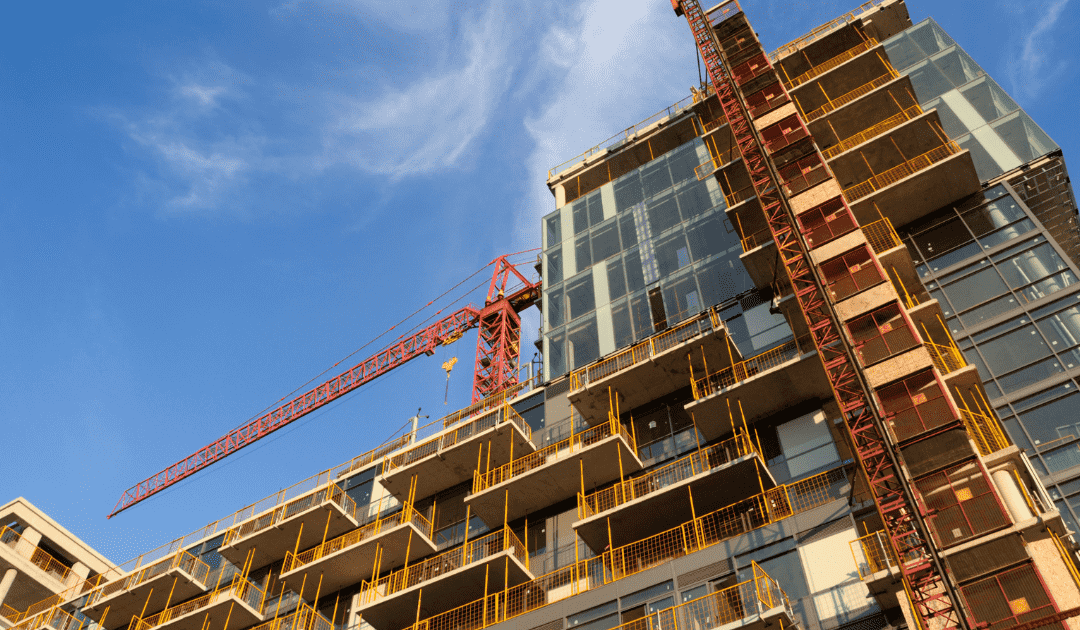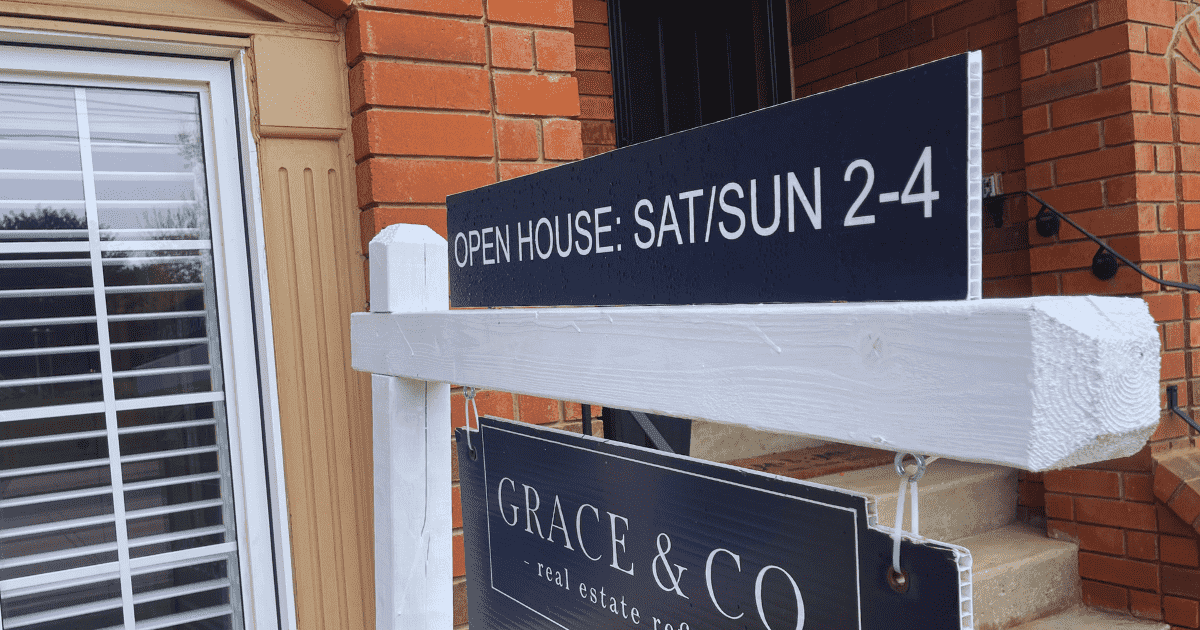Only 400 new homes and condos were sold in the Greater Toronto Area last month—while nearly 22,000 units sat on the market—marking the worst February on record for the sector, according to new data from the Building Industry and Land Development Association (BILD).
The February 2025 sales figures, provided by Altus Group, represent a 50 per cent drop from the same time last year and are 84 per cent below the 10-year average (which would be 2,570 units). Of the 400 homes sold, 248 were single-family dwellings and 152 were condominium apartments.
Nearly 22,000 new homes sitting unsold
“New home sales across the GTA in February 2025 remained at rock bottom levels,” said Edward Jegg, research manager at Altus Group. “Uncertainty related to upcoming U.S. tariff levels have further added to the reservations buyers previously had on their minds.”
Inventory continued to rise, with 21,863 new homes sitting unsold in February, including 16,995 condo apartments and 4,868 single-family homes. Most of those units are in the pre-construction or under-construction phase.
Despite weak demand, prices have held relatively steady. The benchmark price for a new single-family home dropped 2.9 per cent year-over-year to $1,536,734. Condo prices fell 2.4 per cent to a benchmark of $1,021,760.
Condos vs. single-family
Condominium apartments, including units in low, medium and high-rise buildings, accounted for 152 units sold in the GTA in February, down 62 per cent from February 2024 and 90 per cent below the 10-year average.
There were 248 single-family home sales in the GTA in February, down 38 per cent from February 2024 and 75 per cent below the 10-year average.
“In this time of economic uncertainty, stimulating housing sales and starts is essential to support Canada’s economy,” said Justin Sherwood, BILD’s senior vice president of communications, research, and stakeholder relations. “However, this can only be accomplished if government policy aligns to get housing sales and construction moving again.”
Sherwood welcomed recent federal announcements exempting new homes from the GST, but warned more is needed.
“To be successful in addressing affordability these policies must apply to the largest number of buyers, have price thresholds that are reflective of the GTA market reality and be matched by the provincial government,” he said. “We are at the point of a serious ‘cost to build’ crisis and we risk an entire industry shutting down.”














Why is the answer always government intervention? Maybe it’s time we accept that the market needs to adjust to what people can actually afford, not what developers and policymakers wish they could sell.
We’ve just come out of a period of COVID-driven economic distortion — with cheap money, supply chain chaos, and inflated expectations. Now the dust is settling, and we’re seeing the real effects: only 400 homes sold across the GTA while nearly 22,000 units sit unsold. That’s not a sales slowdown — that’s the market shouting, “This doesn’t work anymore.”
The knee-jerk reaction is always more government programs, more incentives, more exemptions. But that’s just propping up an unsustainable model. The more intervention, the longer the recovery will take. Let prices correct. Let the industry realign with reality. Let affordability mean what it used to mean — not an artificially subsidized dream.
From the outside looking in, the condo market in Toronto feels a lot like a ponzi scheme — prices inflated by investor demand and pre-construction hype, not by people looking for a place to live. If the only way to keep the system running is through constant new investment and government bailouts, maybe the system itself needs a serious rethink.
It’s time we stop asking how to keep things going as they are, and start asking what a sustainable housing future actually looks like.
This is such a great point, and I couldn’t agree more. So important!
I do believe the above comment summarizes everything!